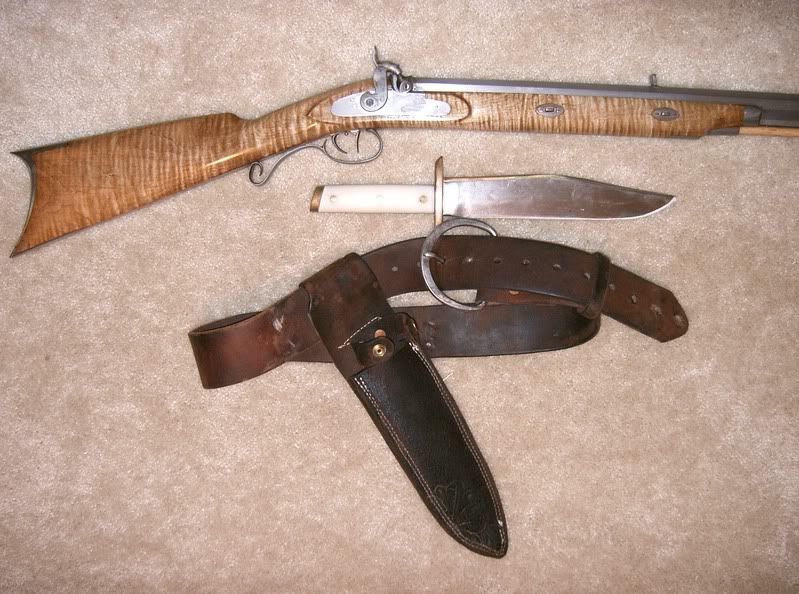I couldn't agree more with those who posted the importance of quickly removing the guts and getting the hide off to cool the animal as rapidly as possible. On elk, cut into quarters remove shoulders and hams. There is just too much mass there to cool effectivly unless you do. If I can get home quickly enough, I like to scrub the carcass down and hose it off with the garden hose. This just keeps it clean and helps to cool it off. Always bone the meat and trim all fat.
The one thing we do while processing is put about 2 cups white vinegar to about 3 gallons of cool clean water in 3 - 5 gallon buckets. As I get a handful of roasts cut up I plop them in bucket #1, as I continue cutting and get another batch cut into roasts, I move the first batch into bucket #2 and put the new batch into bucket #1. This process continues until all meat has been run through 3 soaks. Bucket #1 will get pretty bloody with some hair and small globs of fat floating to the surface. As bucket #1 gets kind of bad, dump it out, rinse and refill with water and vinegar. This new bucket now becomes bucket #3 and the worst is rotated out. Bucket #3 stays generally clear and the meat is nice and clean. The meat out of the final soak/rinse goes in an old dishwashing rack to drip excess water off and then gets wrapped in plastic wrap and butcher paper. We cut everything into roasts and what wont make a roast gets ground for burger. We soak even the meat for burger this way too and it works really well for us. All our game is processed this way from elk and deer to Javelina, wild hog and antelope. Give it a try, I think you will like the results.
Idaho PRB





